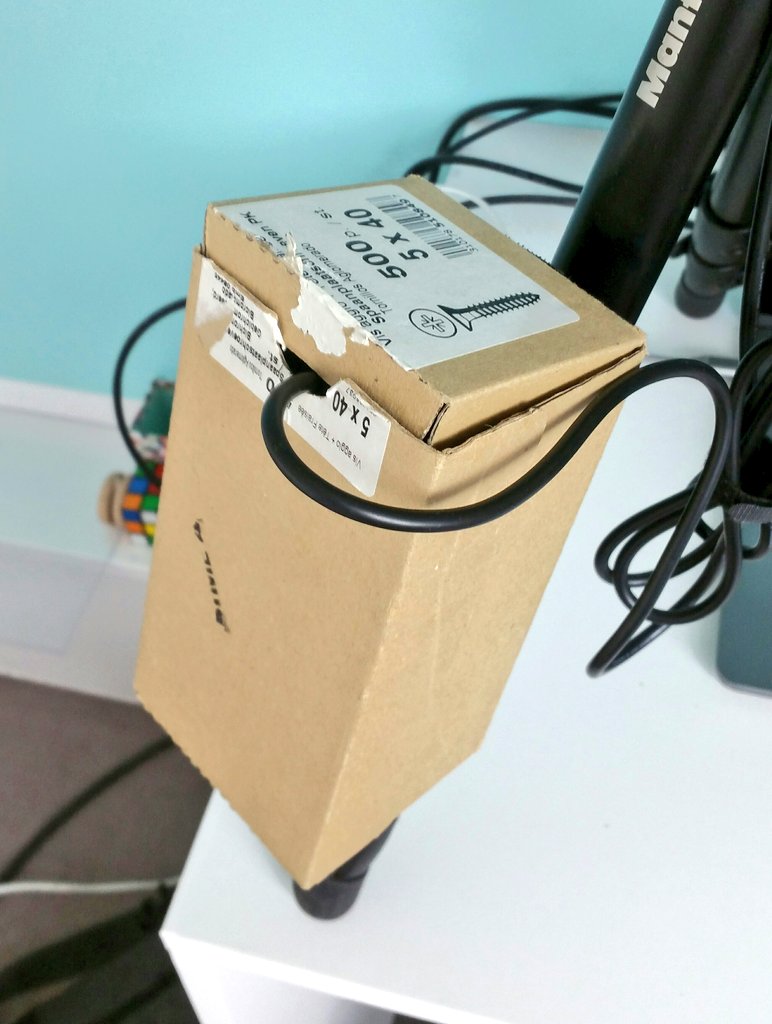V1.0 design is ready. The box is sized to host a #RaspberryPi, a 10 Ah Powerbank and USB connectors. It should be both rain-proof and easy to open manually (disclaimer: most of the time a V2 is needed... before the V3). We'll see ! Time to send to 3D printing ... 😋 

There is a strange satisfaction associated with 3D design: a feeling of full control on a simple, self-contained concept (coming from biology it is like being on holiday).
I can use this at the moment !
I can use this at the moment !
• • •
Missing some Tweet in this thread? You can try to
force a refresh





















